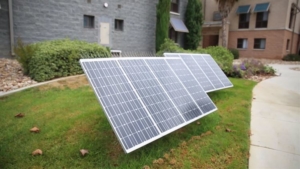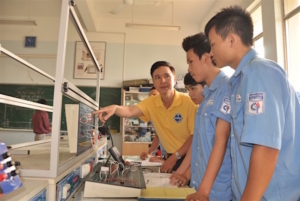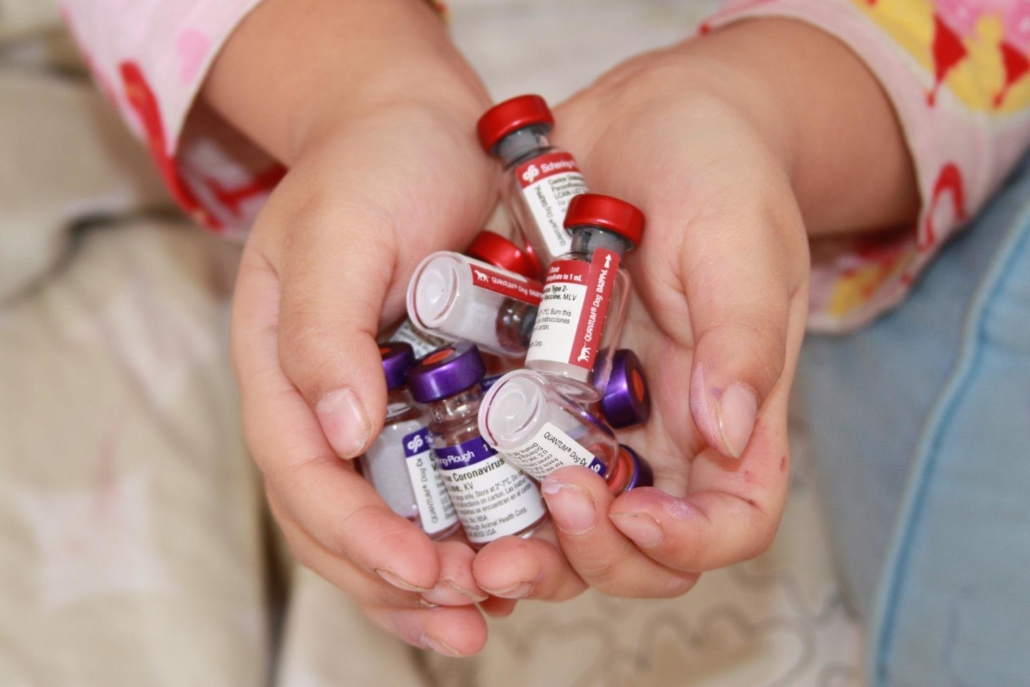
From an idea and philosophy, Effective Altruism has evolved and transformed into a very broad and cohesive social movement over the years. Though heavily featured in the nonprofit sector, Effective Altruism focuses on scientific projects, policy-making and organizations with the ethos of finding effective ways to do ‘the most good’ and ‘do good better,’ both individually and collectively. Effective Altruism prioritizes a variety of different causes, impartiality and cost-effectiveness, along with assessing potential funding impacts and counterfactual reasoning.
Effective Altruism Singapore
The Borgen Project had an opportunity to get in touch with the Effective Altruism chapter in Singapore, an up and coming organization with a focus on ‘effective giving.’ As an organization, the chapter is able to sustain and appeal to people because of Singapore’s friendly and burgeoning nonprofit environment as well as its relatively wealthier population, and more stable incomes and economy.
With a heavy focus on research and careful analysis, the Effective Altruism Chapter in Singapore, in particular, is able to work on the best cases and understand specific communities in need. Like many of its companion chapters around the world, it also focuses on more neglected issues in global poverty reduction initiatives such as global health and development and factory-farmed animals as well as other problems and existential risks like natural disasters and climate change. Stunting, in particular, is a grave and predominant focus for Effective Altruism Singapore, with a heavy concentration on child and maternal health care malnutrition owing to the fact that nearly 25.8 percent of children in southeast Asia are stunted. Effective Altruism’s evidence-based research patterns and analysis shows that around 30 percent of children in communities across Indonesia and the Philippines experience adverse impacts of stunting.
The GiveWell Framework
Moreover, the chapter employs the more empirical and analytical GiveWell framework in its work to evaluate potentially high-impact giving opportunities in SouthEast Asia. GiveWell, one of the pioneering organizations behind the Effective Altruism movement, focuses on scouting reliable charities that can improve lives the most per dollar so that there is effective and impactful usage of philanthropic funds. The objective is chiefly to deduce how useful it is to give an amount equivalent to a dollar and evaluate how it could potentially impact a specific target community.
In accordance with Effective Altruism’s GiveWell framework, giving opportunities are largely dependent on an in-depth analysis involving thousands of hours of research which it then uses to find top-rated charities backed by evidence, thorough analysis and vetting to ensure transparency and accountability. GiveWell also tries to understand the root causes of issues such as stunting and malnutrition. Organizations such as the Malaria Foundation and Malaria Consortium remain some of GiveWell’s most important recommendations in the health care aspect of its many global poverty alleviation priorities.
The GiveWell Framework’s Role at Effective Altruism Singapore
Consequently, many of Effective Altruism Singapore’s pilot projects and initiatives employ the GiveWell framework as it is helpful while analyzing and understanding some of the high-impact giving opportunities in Southeast Asia, especially in key priority realms like the provision of WASH (Water, Hygiene and Sanitation) services as well as childhood malnutrition. In the year 2018, the chapter focused on looking for organizations and charities that delivered more evidence-based interventions that targeted preventable and cost-effective health issues and impacted some of the poorest populations and communities in Southeast Asia.
To conclude, the workings and functioning of Effective Altruism Singapore help paint a broad picture of the Effective Altruism philosophy and movement as a whole due to its rather abstract nature. It remains groundbreaking and innovative because it offers a more objective as well as a critical approach to addressing and combatting poverty in the long run especially because it aims to use more research and evidence focused methods.
As a whole, it remains an essential and significant reflection into the applications of the ideology and the potential impacts it can have on the way one perceives global poverty-related issues across various communities around the world.
– Shivani Ekkanath
Photo: Wikipedia Commons
 Honduras is the second-poorest country in Central America, and although its economy relies heavily on agriculture, about
Honduras is the second-poorest country in Central America, and although its economy relies heavily on agriculture, about 

 There are more slaves now than ever before in human history. Because of this, human trafficking can often feel too big to tackle, but thanks to technology, there are practical ways to join the fight against trafficking in persons. Here are five human trafficking awareness apps that everyone should know.
There are more slaves now than ever before in human history. Because of this, human trafficking can often feel too big to tackle, but thanks to technology, there are practical ways to join the fight against trafficking in persons. Here are five human trafficking awareness apps that everyone should know.




